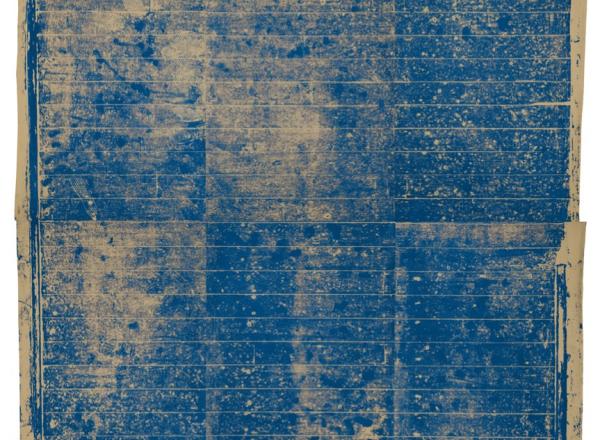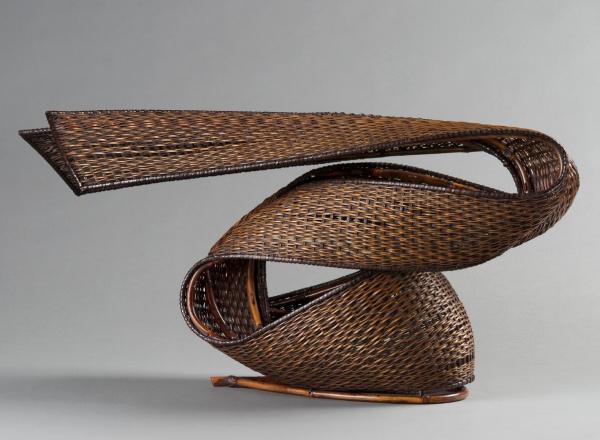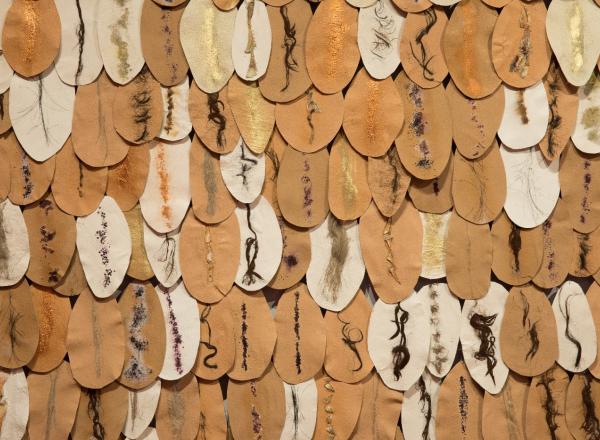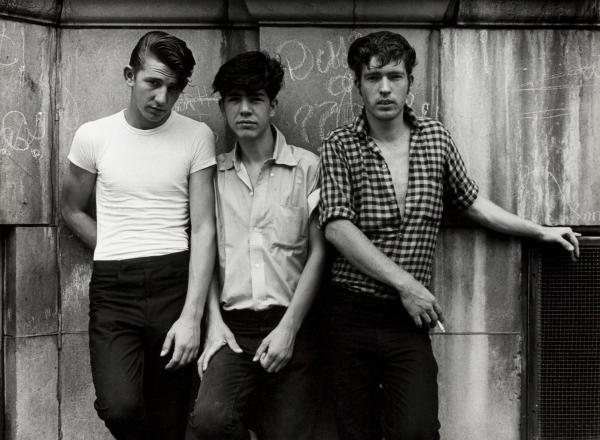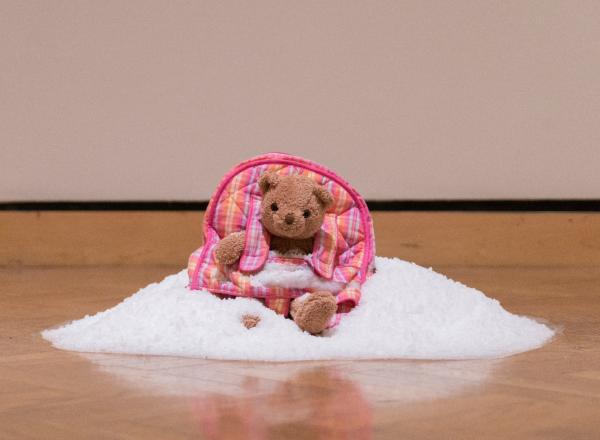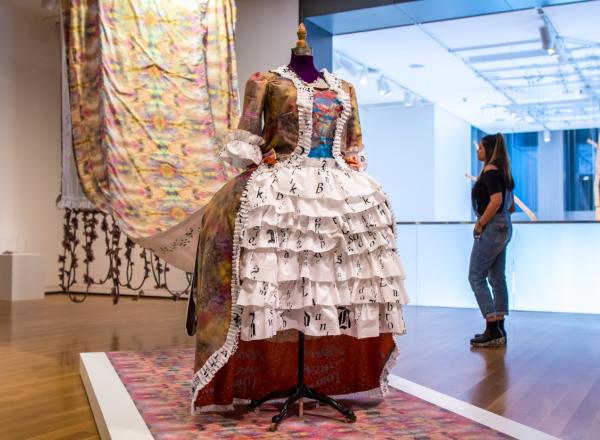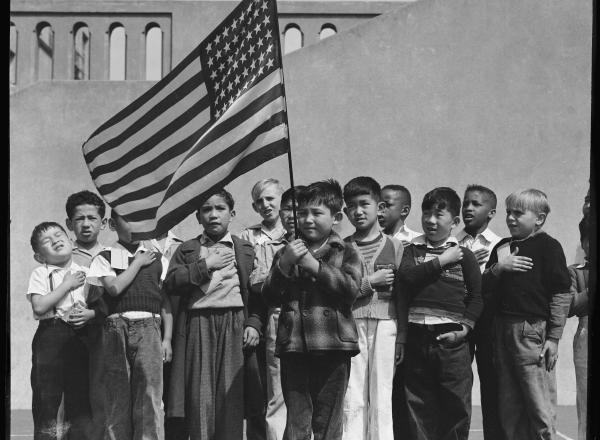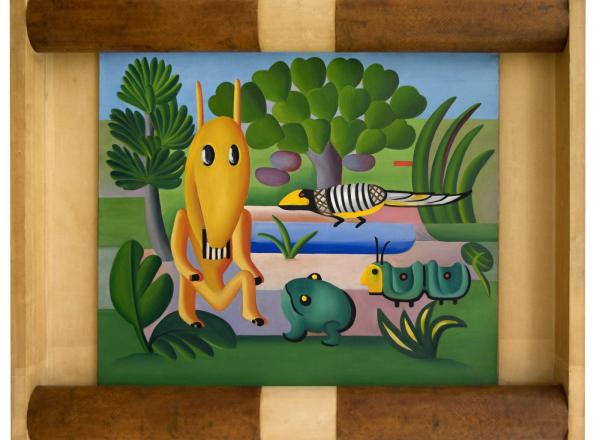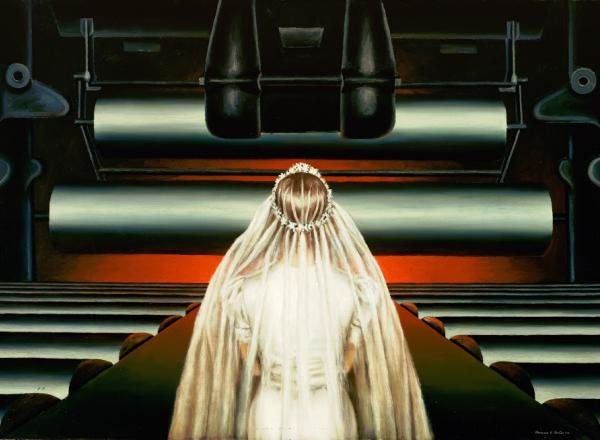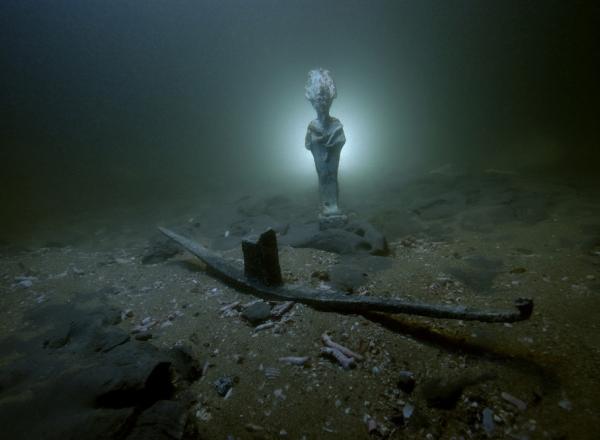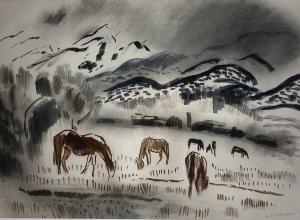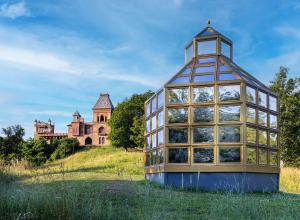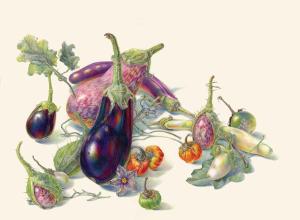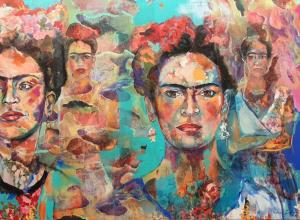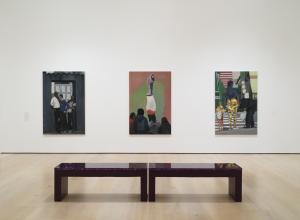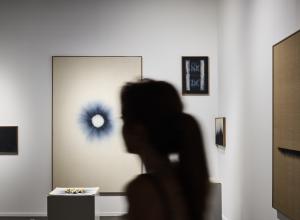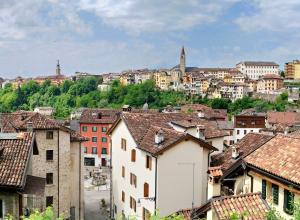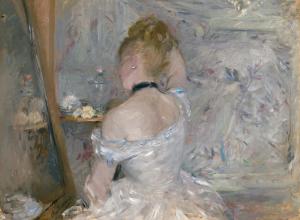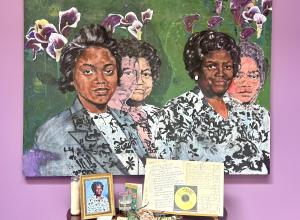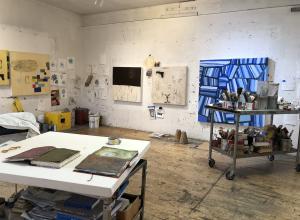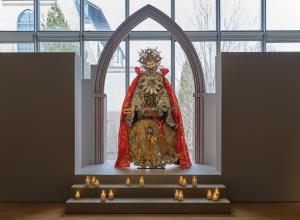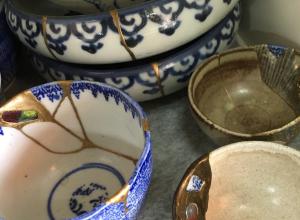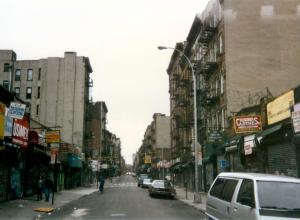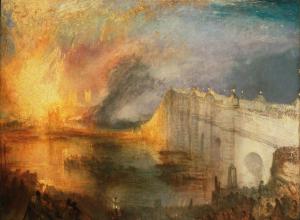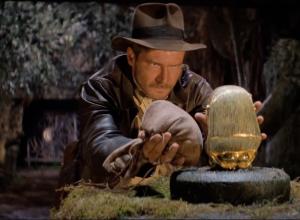The St. Louis Art Museum’s latest exhibition in its popular contemporary artist series, Currents 115, showcases work by Jennifer Bornstein. Using a variety of media, including etchings, photogravures, photographs, prints and video, Bornstein examines how technological image production, the social and identity-shaping powers of the media and the women's movement intersect.
Art News
The versatile ways contemporary artists use bamboo is explored in a new exhibition at the Craft and Folk Art Museum (CAFAM) in Los Angeles. Japanese bamboo weaving is an art form that dates back centuries. A uniquely challenging medium, bamboo can be bent, tied, woven, plaited and dyed in a range of techniques that artisans have developed and passed down through generations of masters. Traditionally used for fine functional objects like baskets, since the 20th century, artists have become increasingly experimental, creating more sculptural works.
This week at the Museum of Arts and Design (MAD) in New York, Los Angeles–based artist and designer Tanya Aguiñiga debuts a body of work representing her social justice-based artistic practice. Aguiñiga’s Craft & Care includes diverse projects and objects, bringing together fiber art, furniture design, performance art, and community engagement to document the lives of people living binationally.
Chicago's unique culture and history, as seen through the eyes of its residents, is on view in a striking new photography exhibit opening at the Art Institute of Chicago on May 12. In his 1951 book "Chicago: City on the Make," Nelson Algren offered bittersweet praise for the city: “Like loving a woman with a broken nose, you may well find lovelier lovelies.
Now at the Minneapolis Institute of Art, Essma Imady’s installation, Thicker than Water, is a heart-rending contemplation of the effects of Syria’s civil war and the realities of life as a refugee, including leaving friends and family behind and the strangeness of navigating a new home. Syrian-born Imady moved to the US to get her MFA just before war broke out. Her work explores the tensions and anxieties of refugees and immigrant parents.
Currently on view at the Seattle Art Museum, three garments from Jono Vaughan’s ongoing series "Project 42" combine beautifully crafted, often elaborate clothing with performance art in a passionate, bittersweet memorial for murdered transgender individuals. Created to raise awareness of the violence faced by transgender people, the artist plans to create 42 of these memorials, referencing the shorter average lifespans of transgender people.
“Then They Came for Me: Incarceration of Japanese Americans during World War II” at the International Center of Photography in New York City is a documentary exposé on a seldom-acknowledged history of American paranoia and racism: it examines the wartime internment of thousands of Japanese-Americans during the Second World War.
“Tarsila do Amaral: Inventing Modern Art in Brazil” is currently on view at the Museum of Modern Art and is the first exhibition of the artist’s work in the U.S. Viewers are immediately introduced to Tarsila (1886–1973) via her cubist education. Indeed, it is important that Tarsila’s career be seen with the understanding that she benefited from extensive European modernist training and mentorship.
Opening this month at the de Young in San Francisco is “Cult of the Machine: Precisionism and American Art.” This comprehensive survey of America’s first homegrown art movement showcases art of the machine age. Known for its clean lines and smooth surfaces, these works celebrated the industrial age and presented a distinctly American point of view. Including decorative arts in addition to painting and photography, "Cult of the Machine" gives an in-depth and scholarly view of this movement that has not seen a major exhibition in 20 years.
Yesterday the Saint Louis Art Museum unveiled a collection of ancient treasures from the sea in “Sunken Cities: Egypt’s Lost Worlds.” On view through September 9th, “Sunken Cities” showcases important artifacts and incredible finds recovered from two ancient Egyptian cities. Submerged for over a thousand years, Thonis-Heracleion and nearby Canopus were rediscovered by underwater archaeologist Franck Goddio and his team. Using clues from the fifth century B.C. Greek historian Herodotus and first century B.C.




